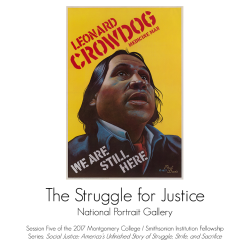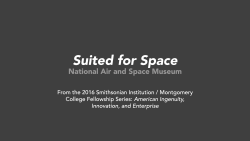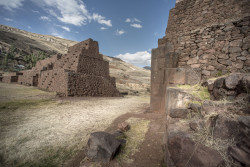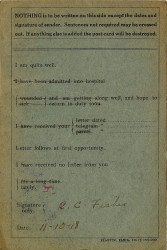Tess Porter
I'm the former User Experience Strategist at the Smithsonian Office of Educational Technology. Here, I focused on the use of digital museum resources to support teaching and learning. My work draws on my experience as a museum educator, digital analyst, usability researcher, and content designer. I hold a B.A. in Anthropology and a B.A. in Art History from University Colorado Boulder, and an M.S. in Museums and Digital Culture with an Advanced Certificate in User Experience from Pratt Institute.
Tess Porter's collections
Social Justice: National Portrait Gallery Resources
 Tess Porter
Tess Porter
Social Justice: National Museum of African American History and Culture Resources
 Tess Porter
Tess Porter
Exploring Complexity: Westward the Course of Empire Takes Its Way
 Tess Porter
Tess Porter
Portrait Analysis: Lili'oukalani
 Tess Porter
Tess Porter
Designing a Better Voting Machine: 1880s to Today
 Tess Porter
Tess Porter
Edgar Allan Poe: Examining Portraiture
 Tess Porter
Tess Porter
Asian Pacific American Artists
 Tess Porter
Tess Porter
Minnesota: Investigating a Place
 Tess Porter
Tess Porter
Inka Architecture: Teaching Resources
 Tess Porter
Tess Porter
Mummification in Egypt: Ritual and the Afterlife
 Tess Porter
Tess Porter
Multiple Perspectives: Artwork of the Great Depression
 Tess Porter
Tess Porter
The Classical Origin of Iconic American Symbols
 Tess Porter
Tess Porter








